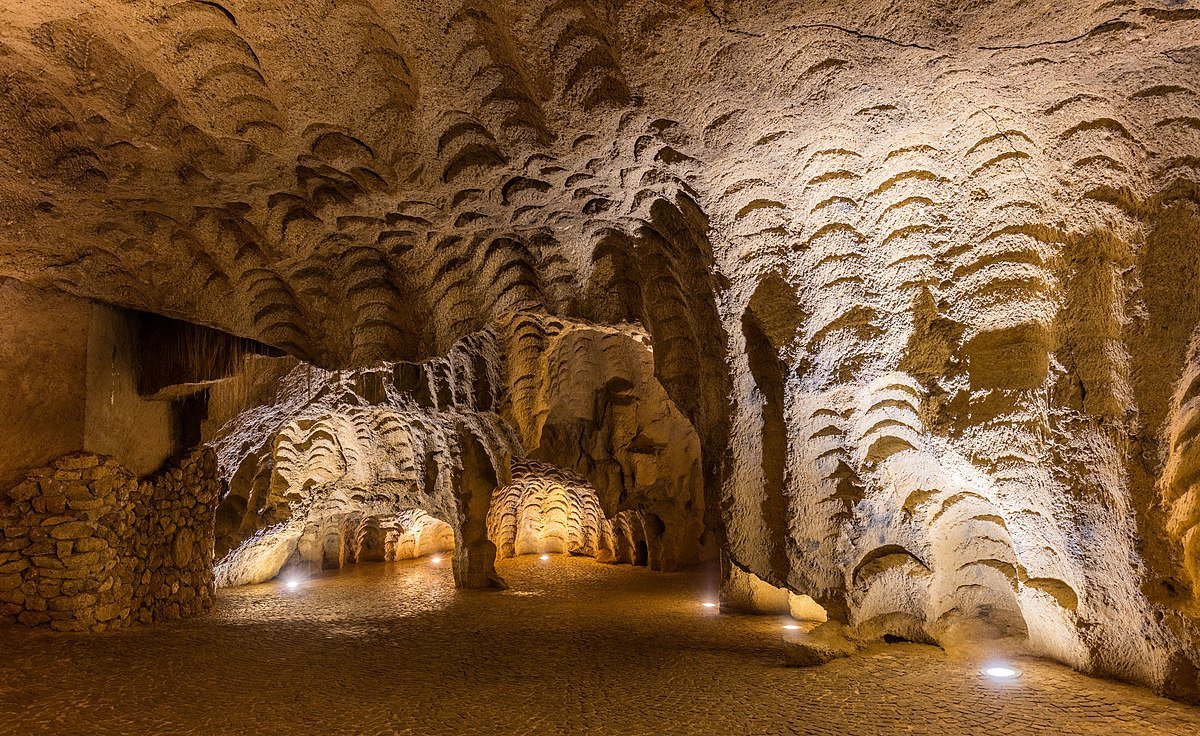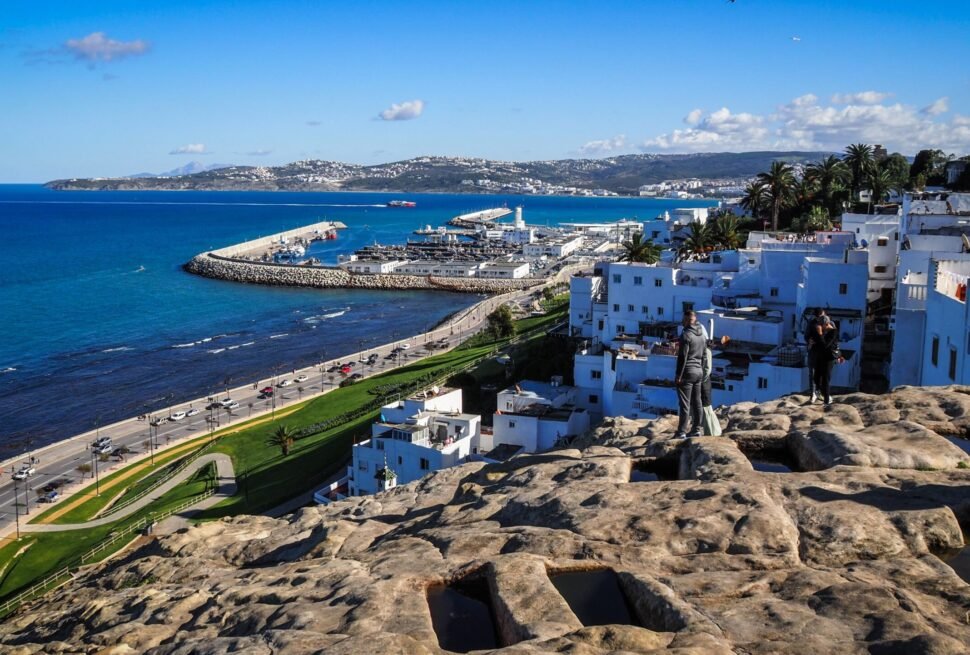
Tangier is not just geography. It’s a threshold.
You stand on its cliffs and feel the weight of stories pressing in from the sea.
The wind is ancient. The rocks remember.
And if you listen closely, you’ll hear it —
the breath of a legend, still rising from the waves.
Hercules was here.
At least, that’s how the story goes.
He wasn’t a king. He wasn’t a prophet. He was something else —
part god, part man, all muscle and myth.
Sent on twelve impossible labors, Hercules reached the edge of the known world on the tenth.
His task? To capture the cattle of the monster Geryon.
His journey? Across North Africa, across danger and dust,
all the way to a place the ancients called the end of the earth.
Right here. Tangier.
⸻
They say the way was blocked.
A towering mountain stood between Hercules and the sea.
So he split it in two.
He tore the earth apart.
And in that moment, the Strait of Gibraltar was born.
To the north: the Rock of Gibraltar.
To the south: Jebel Moussa, still standing just beyond Tangier.
Between them, the sea flowed in — and the Pillars of Hercules rose.
The edge of the map. The place where sailors once feared to go.
“Beyond this,” they said, “is the unknown.”
But Hercules wasn’t finished.
Weary from the labor, he wandered west and found a place to rest —
a cave shaped by tide and time, deep in the cliffs past the forests of Tangier.
The Cave of Hercules.
And it’s still there.
⸻
Step inside and everything changes.
The air is cool. The stone breathes.
Water echoes in the darkness. Light creeps in through a sea-shaped opening —
a silhouette in the shape of Africa itself.
Coincidence? Maybe.
But stand in that light long enough, and you feel something stir.
Like you’re standing inside the legend.
Like you’re part of it now.
Some say it’s just erosion.
Others whisper that the Phoenicians carved the cave,
long before Hercules arrived in myth.
Local Berber stories say the cave leads to a tunnel under the sea —
all the way to Spain.
But no one’s found it.
That’s the beauty of Tangier.
It doesn’t explain. It invites.
⸻
And the myth doesn’t stop at the cave.
There’s another version. A local one.
They say Hercules didn’t just pass through — he left something behind.
Or someone.
He met a Berber goddess named Tingis.
From their union came Sofax, warrior and founder of the city.
The city was named not for the man, but the woman.
Tingis.
Today, we call it Tangier.
So this isn’t just a city touched by myth.
It’s a city born from it.
A city with the sea on one side, the mountains on the other,
and a thousand stories carved into the stone beneath your feet.
⸻
You can feel it when you walk the cliffs of Cap Spartel,
where the Mediterranean and Atlantic crash into each other like old rivals.
You can feel it in the roar of the water, in the twisted cypress trees,
in the way the fog curls around the lighthouse like a spirit with nowhere else to go.
The land here is loud.
Even in silence.
You don’t need a map.
You need time.
To wander. To look.
To let the story find you.
⸻
And that’s where we come in.
At Tangier360, we don’t just tell you myths.
We walk you into them.
We’re a team of local guides and storytellers who believe that Tangier isn’t a place you visit —
it’s a place you feel.
Our Hercules Experience brings the story to life.
Not as a fantasy. But as a feeling.
We take you to the Cave of Hercules and show you more than just a photo stop.
We walk the coastal paths of Cap Spartel, where two seas and two worlds collide.
We share the Greek legend, the Berber version, and the truths in between.
We talk about Tingis, the goddess behind the name.
We explore the symbolism of the pillars, and why this city has always stood between myth and meaning.
This isn’t a sightseeing tour.
This is a return — to something ancient, something wild, something whispering just beneath the wind.


